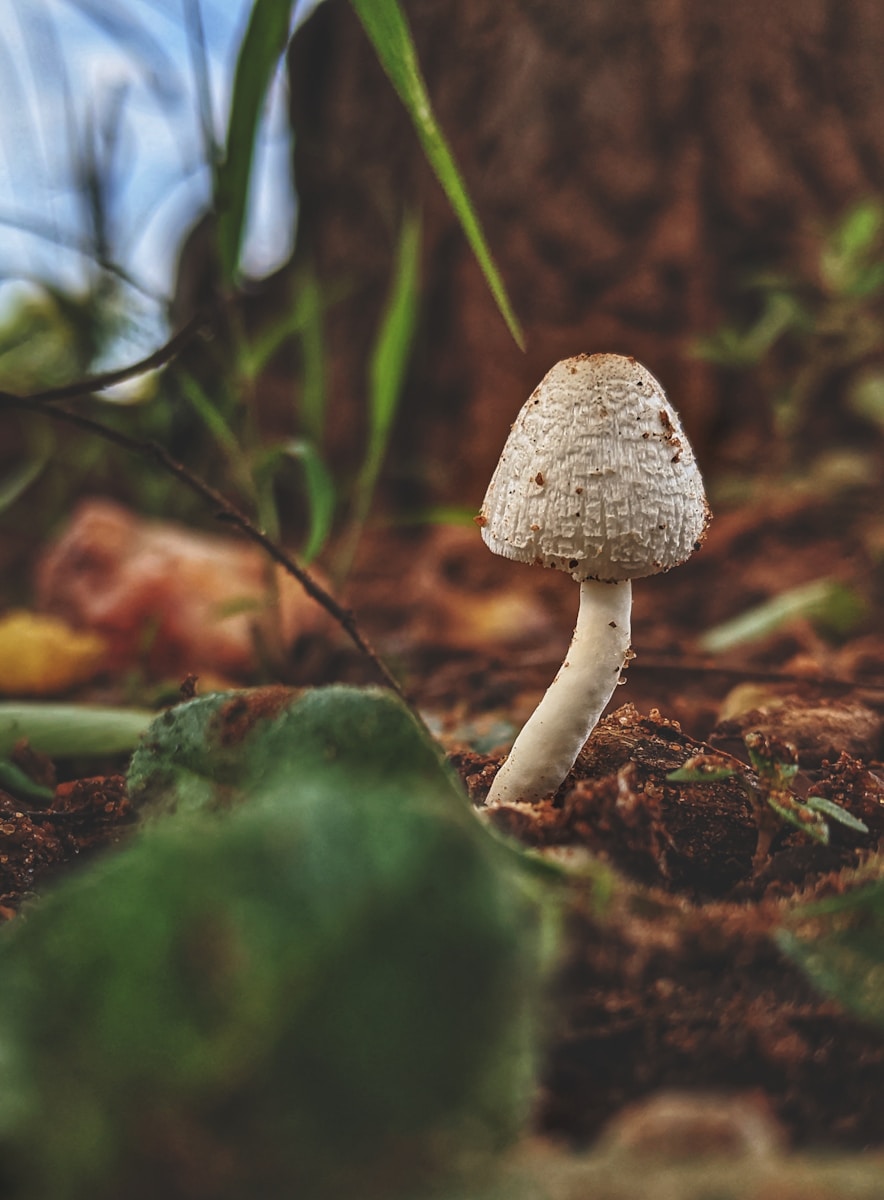Key Takeaways:
• US states now fund psychedelic research to treat addiction and PTSD.
• Scientists, politicians, and clergy team up to back psychedelics.
• Churches offer substances like peyote, ayahuasca, and ketamine as sacraments.
• Studies find psychedelics can cut PTSD and addiction symptoms by up to 88 percent.
• Safe psychedelic use needs trained guides, proper dosing, and aftercare.
Psychedelics Take Root in Modern Churches
In Colorado Springs, worshippers gather each week at the state’s first psychedelic church. They take a small dose of a plant-based compound and then sing, chant, or pray. Then they speak of deep spiritual visions. This church is one sign of a growing trend across America.
Earlier this year, Texas passed a law to spend fifty million dollars on ibogaine research. This medicine comes from a West African shrub. It can help people battling opioid addiction and tough PTSD. In nearby Arizona, lawmakers approved funds to study ibogaine’s effect on veterans and people with brain injuries.
These moves follow Oregon, Colorado, Kentucky, and Georgia. Those states legalized ketamine for therapy in the last two years. Ketamine has long served as an anesthetic in hospitals. Now therapists use it for severe depression and other mental health problems.
Generally, psychedelics are drugs that shift your mood, thoughts, and senses. They work by changing how brain chemicals like serotonin talk to each other. Classic examples are LSD, magic mushrooms (psilocybin), and peyote. Others include MDMA, DMT from ayahuasca, and ketamine. Each differs in strength, effect, and legal standing.
Psychedelics and Spiritual Healing
For thousands of years, people in Africa and the Americas used sacred plants in healing ceremonies. Shamans would guide initiates through visions that healed trauma or brought spiritual insight. Today, some clergy say these practices can fit into modern worship.
A study by top universities talked to 29 religious leaders. They ranged from Catholic priests to Zen monks. Almost all said psychedelics gave them some of their most profound spiritual moments. Some even describe flashes of bright light, angelic sounds, or a sense of divine love.
Moreover, a recent Stanford brain study found 88 percent of 30 military veterans saw big drops in PTSD after using ibogaine. In 2022, a review of 24 ibogaine reports showed many felt relief from depression, addiction, and trauma. Even MDMA made headlines in 2021 when researchers saw a 67 percent drop in PTSD in a small group.
Some ministers now call psychedelics a “chairlift to God.” They say these medicines help people focus on the divine for longer. In Spokane, Washington, the new Gaia Church got official permission to serve ayahuasca. The DEA exemption means members can use it legally as part of worship.
Clergy who back these services argue that reconnecting people with mystery and awe can heal both individuals and communities. They see plants as allies in restoring mental health and faith.
Blending Science, Politics, and Faith
What makes this wave different is its mix of scientists, lawmakers, and church leaders. In the past, psychedelics were mainly fringe medicine or part of counterculture. Now, former governors and respected researchers join hands with priests and rabbis.
In Texas, Gov. Rick Perry’s support was key to winning votes. Arizona’s law sailed through with few objections. Such political backing signals a shift. It says alternative mental health tools deserve serious study and possible therapy rooms.
Also, research centers at universities are adding psychedelic labs. They aim to study these compounds under strict medical rules. Patients go through careful screenings. They get guided sessions and follow-up care. This model reduces risks like anxiety or panic, which can happen if someone takes a strong psychedelic alone.
Risks and Responsible Use
Despite promise, psychedelics carry risks. Some users feel extreme fear or paranoia. Rarely, they might face a psychotic break. People with schizophrenia in their families should avoid these drugs. Also, uncontrolled batches of medicine can hide unknown chemicals or wrong doses.
That is why most experts urge supervised sessions. Licensed therapists or trained facilitators prepare people for the journey. They stay with users during the trip. Then they offer talk therapy afterward. In that way, insights turn into real changes in daily life.
Indigenous healers have long known this. They combine ceremony, songs, and community care. Modern clinics try to copy these steps. They add medical checks, clean facilities, and science-based methods.
Balancing Hope and Caution
Today’s psychedelics stand at a crossroads between old and new worlds. On one side are village healers who learned through generations. On the other side are lab scientists tracking brain waves and chemicals.
Yet both sides may share a goal. They want to free people from trauma, addiction, and spiritual emptiness. They believe guided use can sparking awe, empathy, and inner peace.
However, this path demands care. Laws must keep medicine pure and safe. Therapists need training in both therapy and spiritual support. Churches must screen members and follow clear rules.
When these pieces come together, psychedelics could reshape mental health and faith traditions. They may offer new ways to find meaning and heal deep wounds.
Frequently Asked Questions
What is the main benefit of using psychedelics in church services?
Many people report intense spiritual experiences. They feel closer to God and find healing for mental health issues.
Are psychedelics safe for everyone?
No. People with certain mental illnesses or family histories of psychosis should avoid them. Proper screening and guidance lower the risks.
How do churches legally use substances like ayahuasca?
Some churches get special exemptions from the government. They must serve the substance only as a religious sacrament under strict rules.
Can psychedelic therapy work without a religious context?
Yes. Many clinics use psychedelics for therapy without any spiritual framing. They focus on mental health goals under medical supervision.

